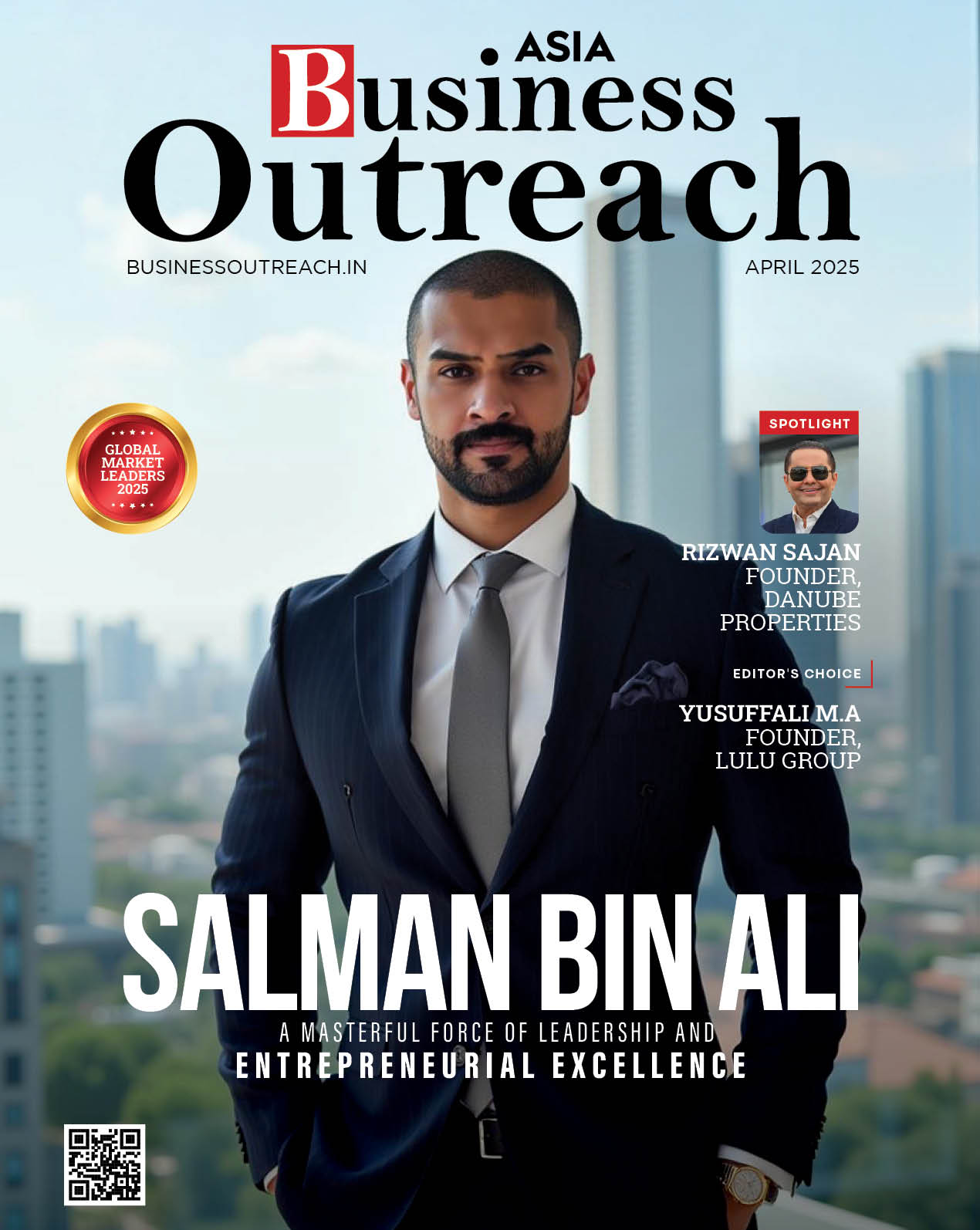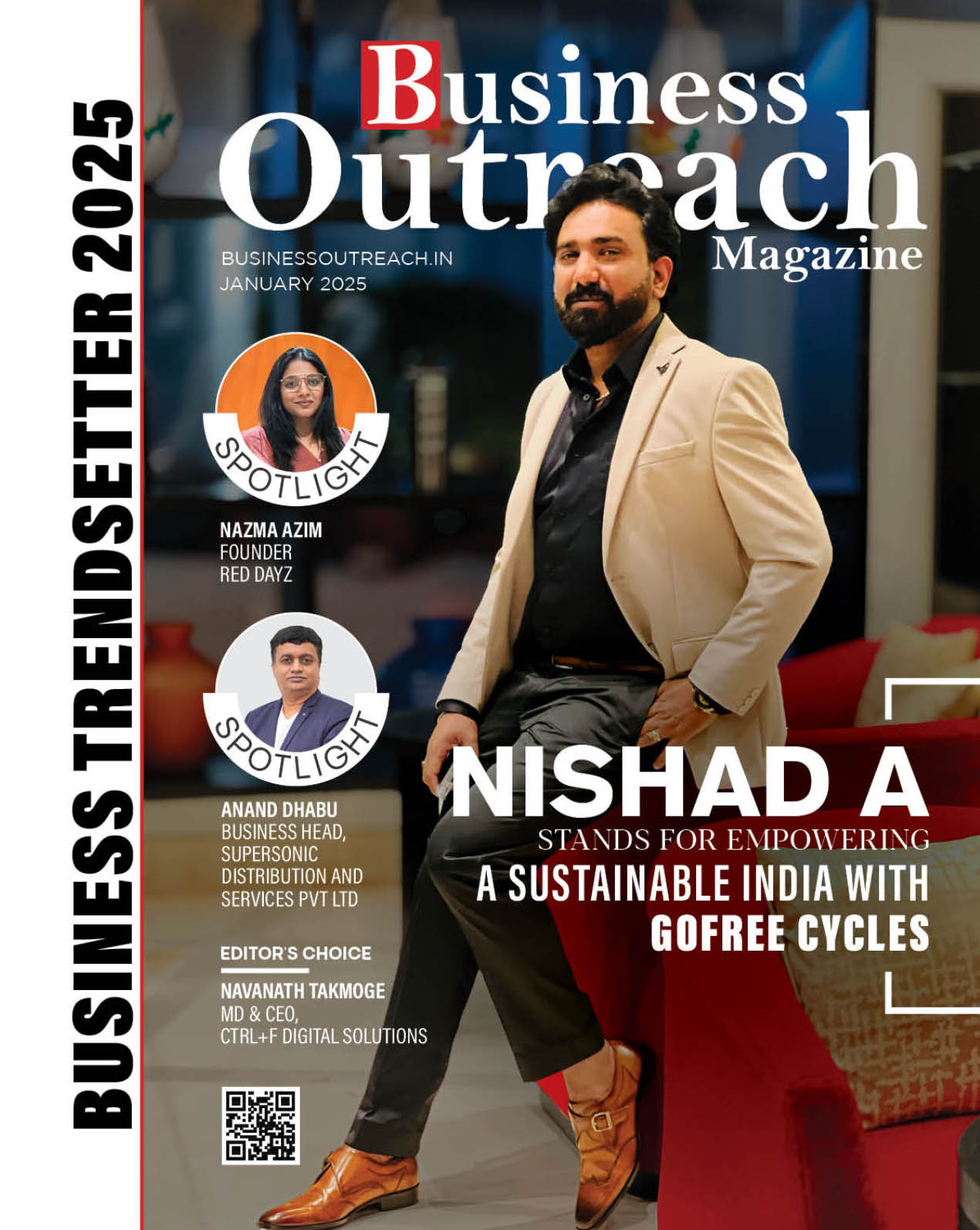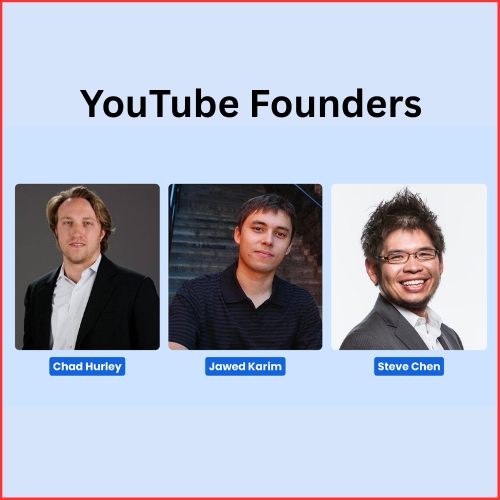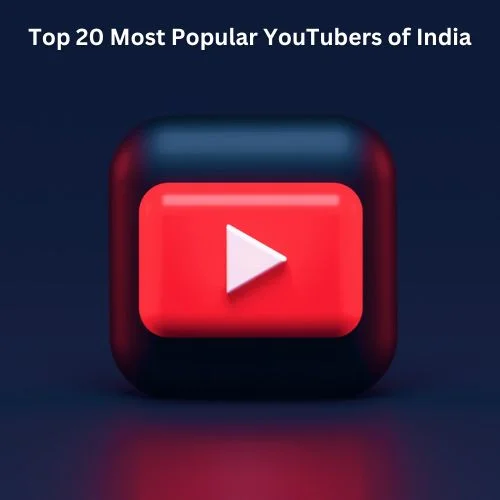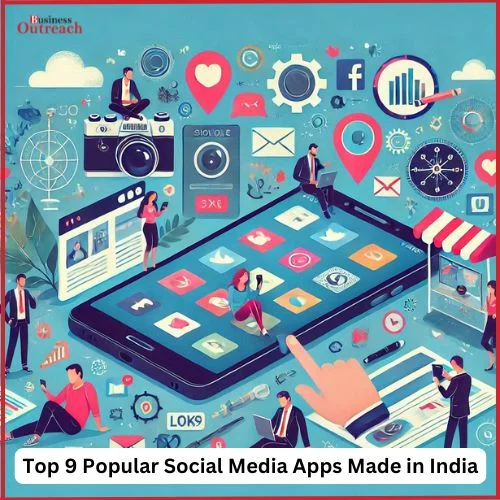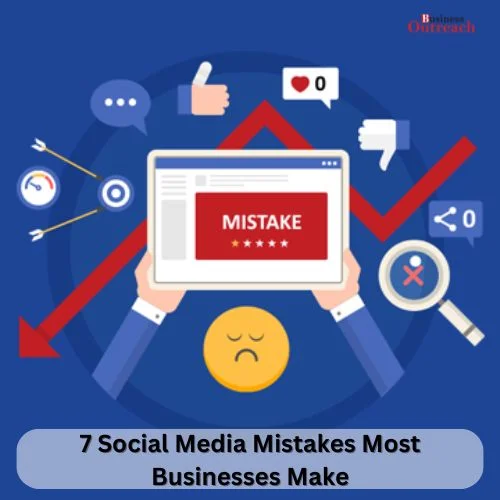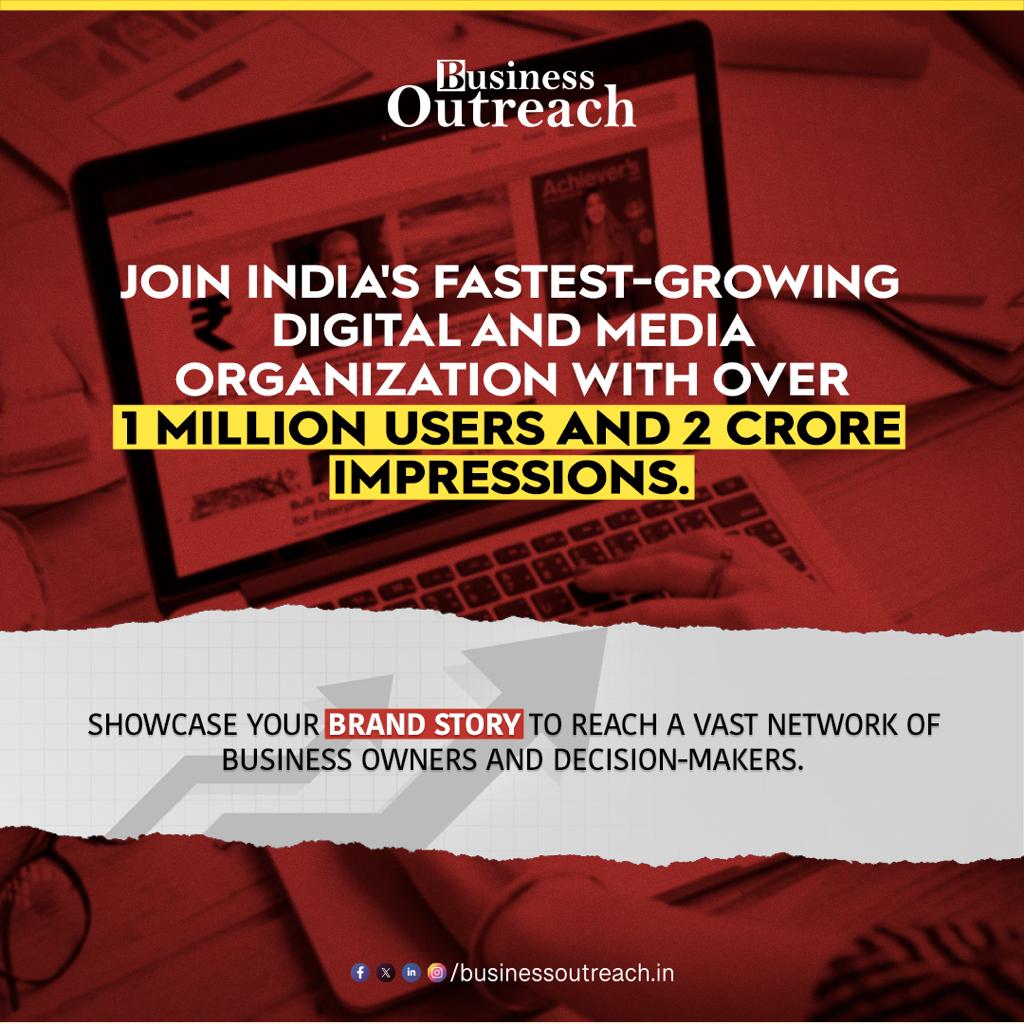Introduction
YouTube’s traditional story is about how something simple in thought revolutionized the cyber world. Founded by three ex-PayPal employees, Steve Chen, Chad Hurley, and Jawed Karim, YouTube expanded from a tiny video-sharing start-up to one of the world’s most powerful platforms. It is now a behemoth of online entertainment, culture, and education. It has revolutionized how individuals watch content, allowing producers all over the globe to disseminate their thoughts, stories, and knowledge to the world.
People watching videos had to deal with sluggish download speeds, limited hosting options, and fractured content scattered around the web. YouTube founders recognized and bridged such a gap with a bug-free solution democratizing video content creation. What began as just an idea to enable video-sharing became a runaway hit in the digital media space, transforming how humans consume content in the 21st century.
This article discusses YouTube’s history, from its inception to the present-day global dominance, and examines how the dreams of its creators led the site to where it stands today.
Table of Contents
| S. No. | The Story of YouTube Creators |
| 1 | The Genesis of YouTube |
| 2 | Founders of YouTube |
| 3 | Growth of YouTube |
| 4 | Legal and Financial Challenges |
| 5 | Google’s Purchase: A Blockbuster |
| 6 | YouTube Premium Subscription |
| 7 | Challenges Faced by YouTube |
| 8 | Conclusion |
- The Genesis of YouTube
The Genesis of YouTube was on 14 February, when Chad Hurley, Steve Chen, and Jawed Karim founded YouTube as an internet video-sharing website. The founders of YouTube desired that it should be simple for people to upload and share videos across the globe. There were no good online video-sharing websites before YouTube was founded. Thus, Chad Hurley, Steve Chen, and Jawed Karim created a strategy to begin a website where users can share videos of their lovely moments online.
While it began slowly, YouTube is currently the most prominent video-uploading site and the second most viewed site after Google. On 23 April 2005, they uploaded the first video, “Me at the Zoo,” with Jawed Karim. Nevertheless, these services involved a series of steps before uploading videos and charged users money, for which they were charged to share films.
The three founders began in Mellon Park, California, aiming to create a platform that would simplify the sharing of videos on the internet. The site allows users to upload, view, comment, like, and share videos with fewer restrictions than their predecessors. Unlike other video-upload sites, YouTube subsequently emerged as an excellent video-sharing website around the globe.
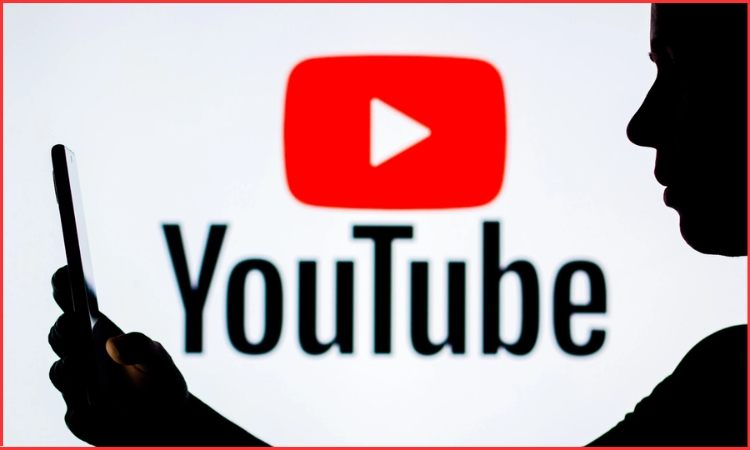
Source: Variety
- Creation of YouTube
It began when Steve Chen’s apartment provided shelter for dinner to the other founders of YouTube. Chen and his friend Chad Hurley were busy partying and snapping each other’s photos and videos. They were all former American online commerce company PayPal employees: Steve Chen, Chad Hurley, and Jawed Karim.
After observing an appetite for sharing videos on the Web, the friends built a video-sharing website. They saw that new sites such as Flickr made it easier to share digital pictures, and therefore, a video-sharing site was conceivable. Chen was a superb coder, whereas Hurley’s design talent could render a new website attractive.
First, the three developers decided to make easy software accessible to all individuals, including those who are not tech-savvy. They also wanted to develop a video uploading and viewing application that would not require any additional software. They also wanted to prevent site visitors from needing to register to view shared videos. Lastly, the developers required a quick search feature to find video archives.
The team relocated to a bigger office space over a Japanese pizza restaurant in San Mateo, California, to begin planning. Their first video – Me at the Zoo, was released on 23 April 2005; they posted most of the site’s traffic for May 2005. YouTube launched six months later, in November 2005. YouTube earned US$11.5 million in the same month.
Approximately 65000 new videos were uploaded daily and gained 100 million views, stunning the digital world. Google acquired YouTube for US$1.65 billion the same year. YouTube incorporated video commercials. YouTube added pre-roll commercials in August 2007 after Chad Hurley initially declined them as they would irritate viewers. It had a 43% market share and 6 billion video views in January 2009. Since then, YouTube has become the ideal cinematic platform for artists to show their talents.
| S.No. | Details |
| Founded | 14 February 2005 |
| Founders | Steve Chen, Chad Hurley, and Jawed Karim |
| Headquarters | San Bruno, California, USA |
| Owner | Google (acquired in 2006) |
| CEO | Neel Mohan |
| Type | Online Video-sharing platform |
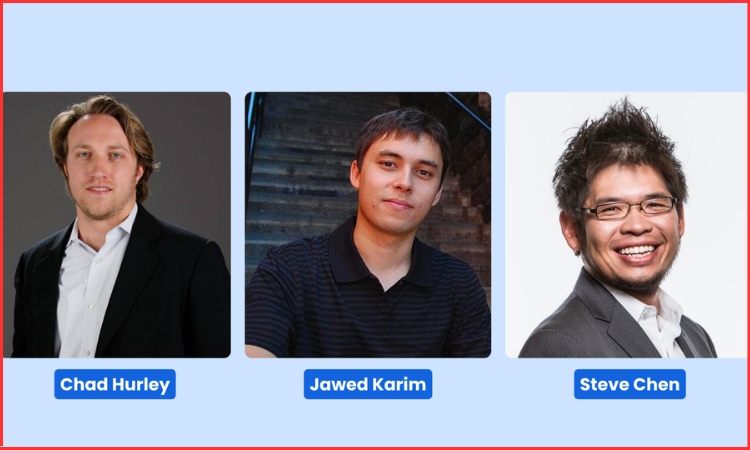
Source: Famoid
- Growth of YouTube
- May 2007: Relaunch of Partner Program
It makes it possible for YouTube to pay ordinary humans for viral content. Therefore, normal people earn six-figure amounts using YouTube by converting their hobby into a money-making venture.
- April 2011: Adding YouTube Live
Music concerts, royal weddings, broadcast news, and the Olympics started streaming live on YouTube.
- December 2012: Billion-hit first video
“Gangnam Style” was the YouTube most-viewed video until June 2020, surpassed by “Despacito” with 6.8 billion views. YouTube “broke” on “Gangnam Style” views, too. The view counter was upgraded to a 64-bit integer to accommodate values greater than 32 bits. In August 2012, the video-sharing platform streamed the presidential elections.
- November 2014: Music Key launches
This service streamed music videos without ads. YouTube Red replaced Music Key (2015).
- November 2015: YouTube Red launch
This YouTube subscription has ads removed. YouTube Premium emerged in 2018.
- September 2016: YouTube Go launch
Google launched YouTube Go, a low-cost app for offline watching in regions with poor internet access. Also, YouTube Go supports the downloading of videos.
- May 2018: YouTube Red is renamed YouTube Premium
YouTube rebranded YouTube Red as YouTube Premium on 17 May 2018. YouTube recently revamped its YouTube Music subscription service.
- September 2019: YouTube launches Video Reach.
YouTube debuts AI-powered ads. During New York’s Advertising Week, its new Video Reach advertising platform employs machine learning to decide on the best ad combinations. Advertisers will no longer control categories: better outcomes, flexibility in ad formats, reach and engagement with audiences, and reduced advertising expenditure.
- June 2020: YouTube eliminates categories
YouTube categories are not necessary anymore as the algorithms get sophisticated and understandable. YouTube was relying on people to sort videos then. The algorithm figures out the videos and presents them to the most probable viewers.
- January 2022: YouTube is the second most popular social network globally.
YouTube leads social video media with 2.2 billion monthly active users, according to statista.com.
Source: Fisher Design
- Legal and Financial Challenges
The most significant issue YouTube was dealing with was likely copyright infringement. Consumers were uploading television programs, music videos, and movies without a legitimate license. This exposed the company to lawsuits from media giants such as Viacom, Universal, and NBC.
YouTube addressed these issues by:
- Implementing a content identification system to identify copyrighted material.
- Securing licensing agreements from large media firms.
- Monetization strategies through which ad providers can be paid.
- Google’s Purchase: A Blockbuster
The age of YouTube in 2022 is tallying 17 years. In the recent past, YouTube has become a friendly video-sharing site. Now, it is a massive market for under 1-minute short videos. Ultimately, it is where you can get everything you want and find it under your convenient watch time. Whatever you wish to see or question answers you seek, YouTube will be happy to fix your issue. YouTube has become the monopolist of online videos, possessing the most extensive content storage and expansion.
Google purchased the consumer media firm YouTube in October 2006 for a substantial price of $1.65 billion. YouTube was the market leader in the video market for user-generated content (UGC) then. Foreigner Google Chief Executive Officer Eric Schmidt regarded the agreement as a significant step in the future development of the Internet. As part of the agreement, YouTube will still have its name, new San Bruno headquarters, and all 67 employees, including co-founders Chad Hurley and Steve Chen.
The all-cash transaction was regarded as the most costly transaction executed by Google in its eight-year history. Google’s strategy was to make inroads in the viable video and social network market, examine the revenue increases in the video-sharing market, and leverage network effects enormously by reaching out to children, teens, and artists.
In addition to YouTube, Google acquired other acquisitions such as Episodic –an online video platform startup (2010); Rights Flow – music rights management (2011); Vidmaker – a video editing provider (2014); Launchpad Toys (2015), a child-friendly apps production merged into YouTube for kids. In 2005, Google paid nearly $130.5 million to acquire 15 companies.
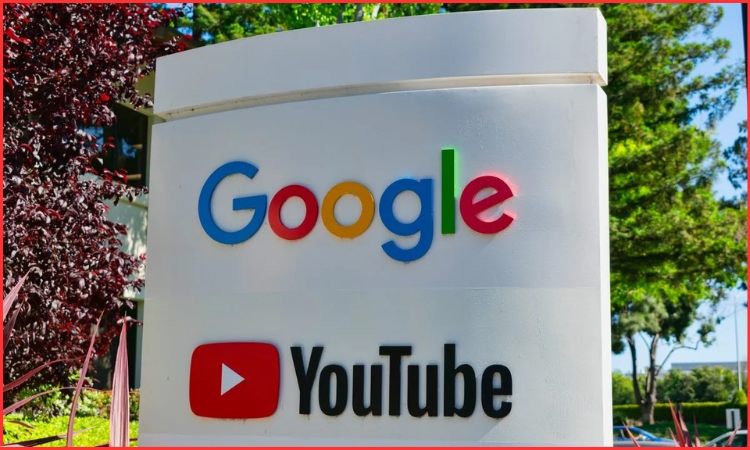
- YouTube Premium Subscription
YouTube Premium (formerly YouTube Red) is a paid membership program that allows users to view YouTube videos ad-free and download content for offline playback.
A YouTube Premium subscription offers ad-free, offline, and even screen-locked viewing of YouTube Music, the firm’s music streaming platform.
The Benefits of Premium
If you plan on subscribing to YouTube Premium, here are a few things to remember.
- YouTube originals: You can access original content, primarily from well-known creators and certain television shows, documentaries, and movies.
- Background play: If you view a video on a smartphone, the sound will keep playing even if you exit the app or close your phone screen. You can view movies in picture-in-picture mode when using other Android apps.
- Download videos: Videos and playlists can be downloaded and watched offline on a smartphone or tablet.
In the future, Google can add new features to Premium.
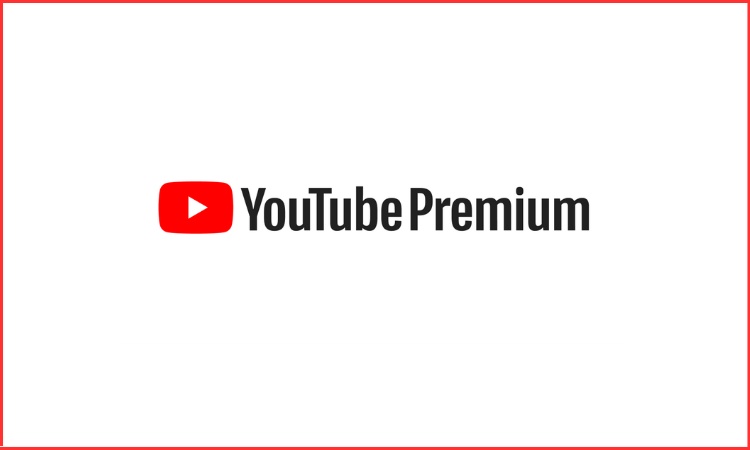
Source: YouTube
- Challenges faced by YouTube
While YouTube made online video mainstream, most videos are of “user-generated content” that generates no revenue from users or ads. Individuals visit Netflix, Hulu, or iTunes to view high-quality content like movies and TV shows. YouTube needs to determine its core business. The vast majority of its content cannot be monetized.
- Conclusion
The success story of YouTube’s evolution from modest beginnings as a start-up to an international technology behemoth is one of innovation success, adaptability, and wise decision-making. Starting from the convenience of video sharing, the site has grown to the world’s largest video site, changing how people view information, share stories, and connect with the world.
The vision and determination of its creators were instrumental in establishing YouTube’s early success. However, Google’s investments and takeover made YouTube a genuine industry giant. With the advances in artificial intelligence, content recommendation algorithms, and monetization, YouTube has become the dominant video-sharing platform and a necessary tool for businesses, educators, and artists.
Today’s YouTube is no longer a site; it’s a phenomenon transforming technology and consumerism. Be it viral video clips or educational modules, YouTube has provided an opportunity for millions of producers to free their imaginations and connect with people all over the world. As it continues to grow and evolve further, YouTube’s role as a cyber-game-changer can’t be challenged. In the future, web marketing, web communities, television watching, and future-oriented activities will all remain YouTube-centric.
